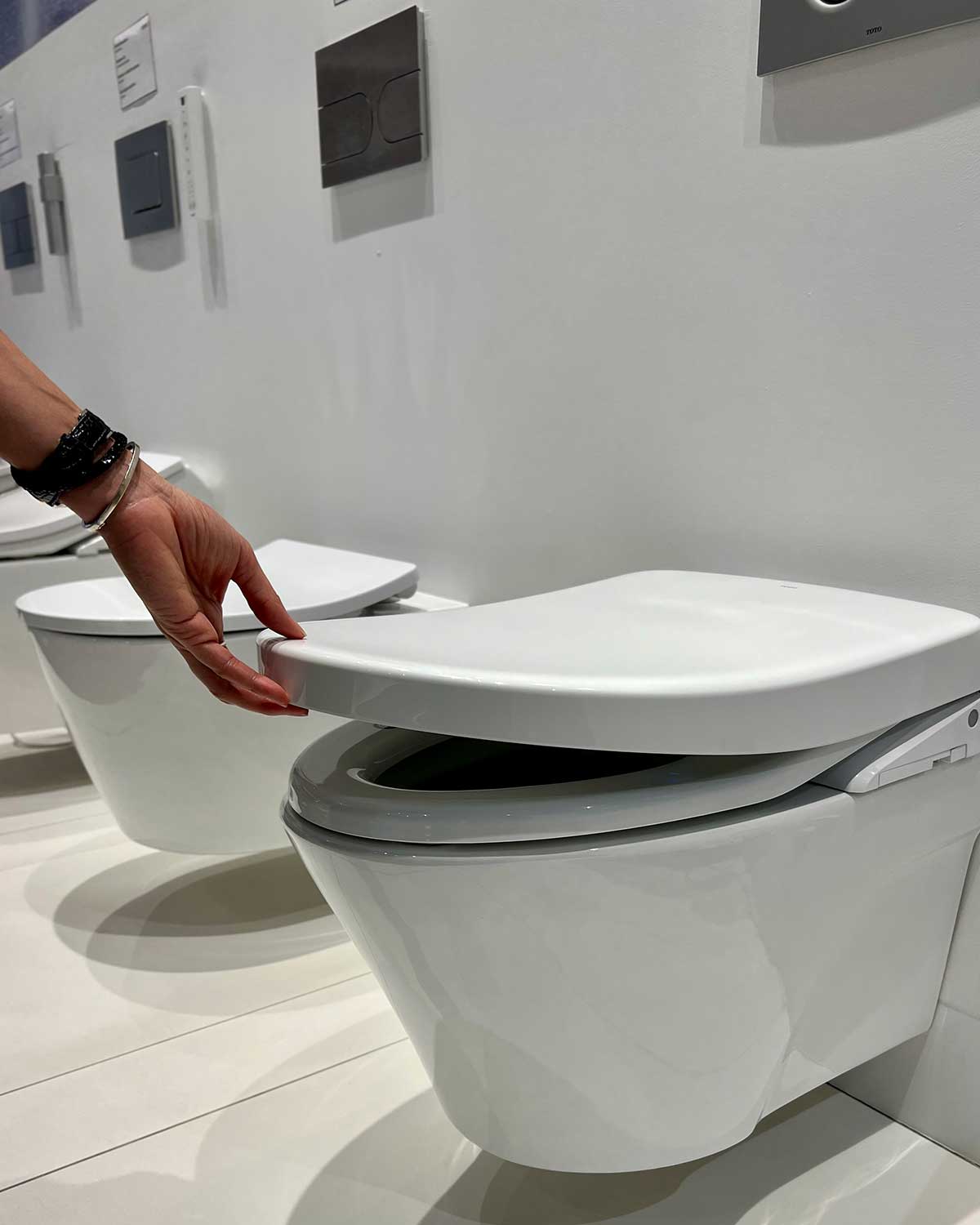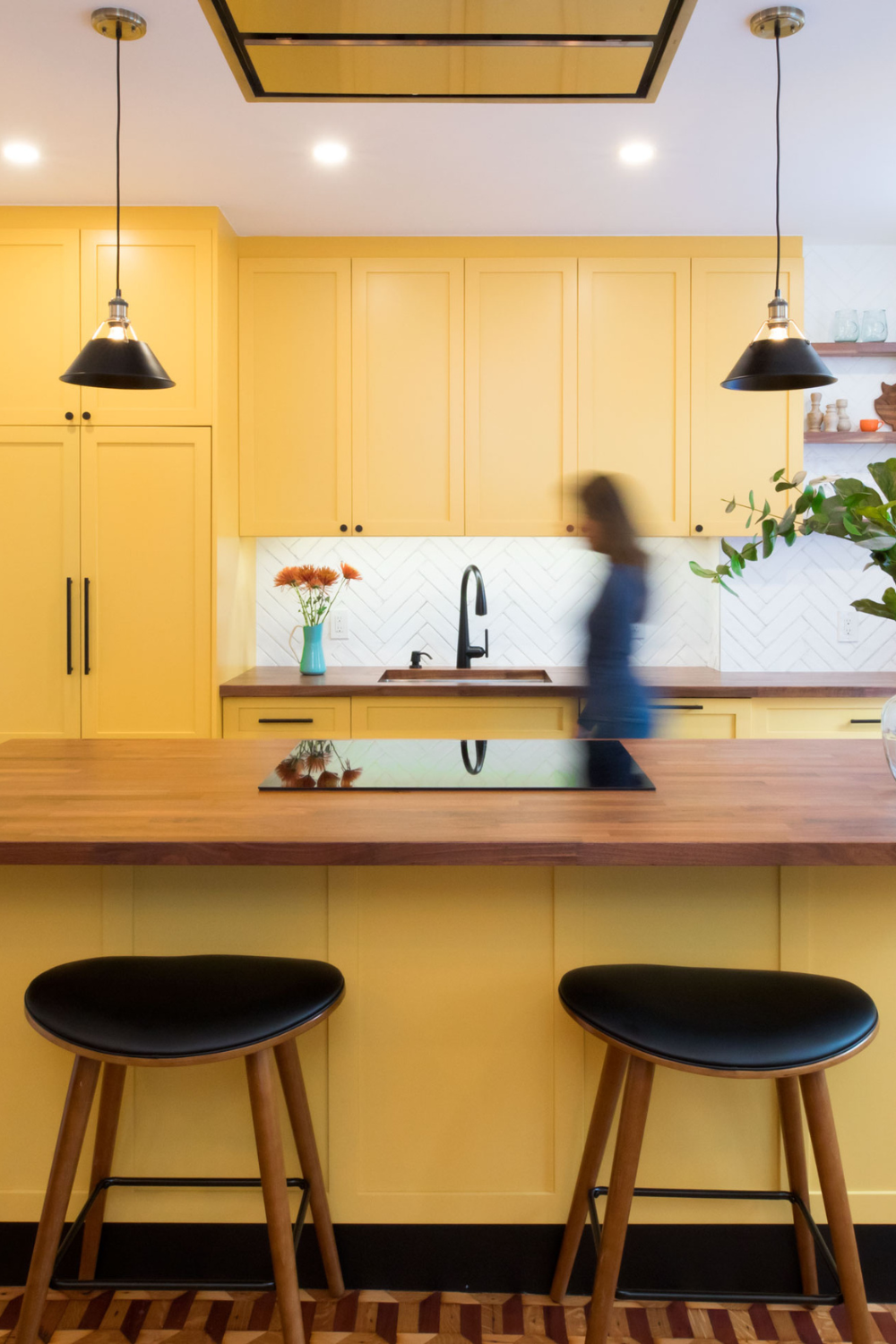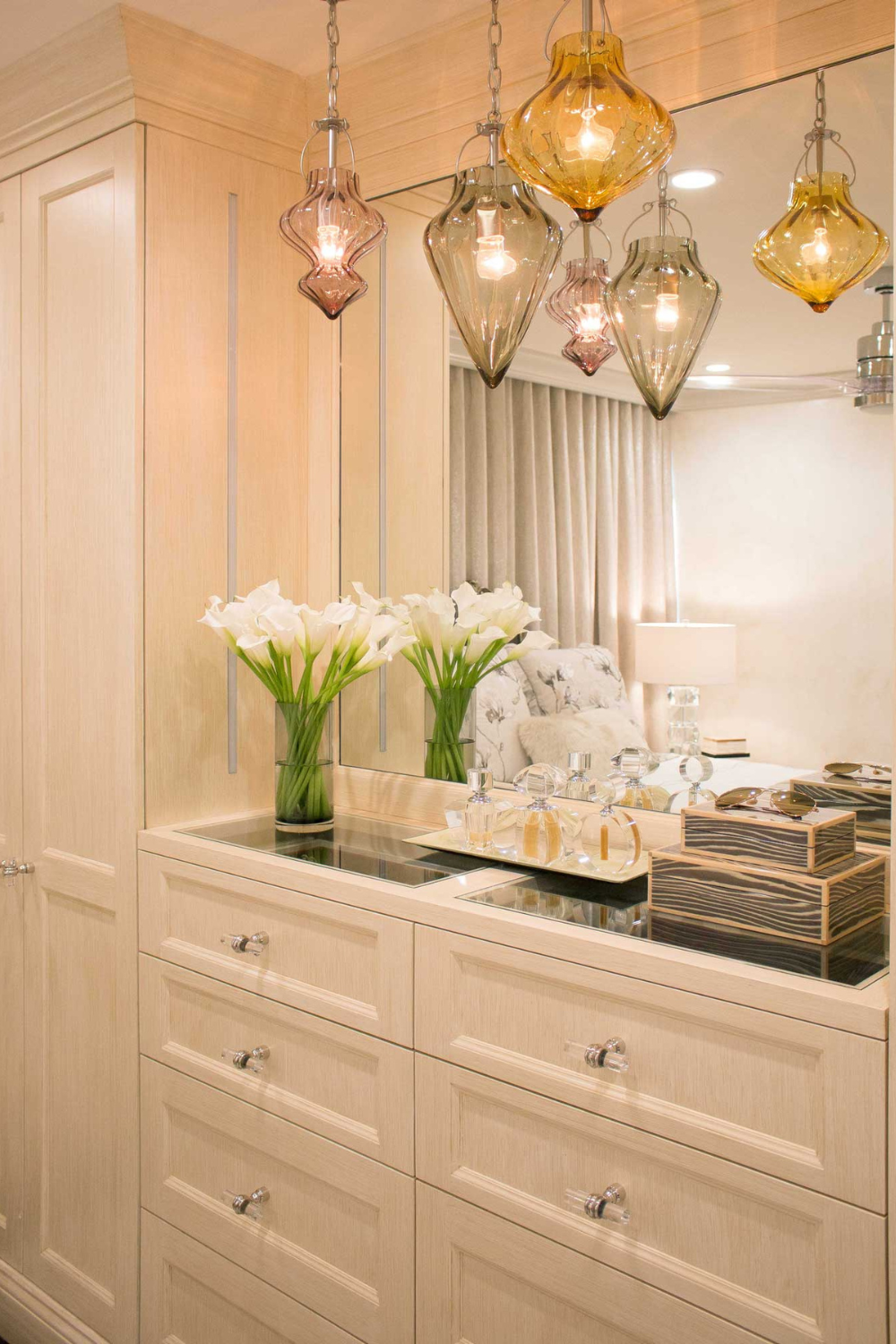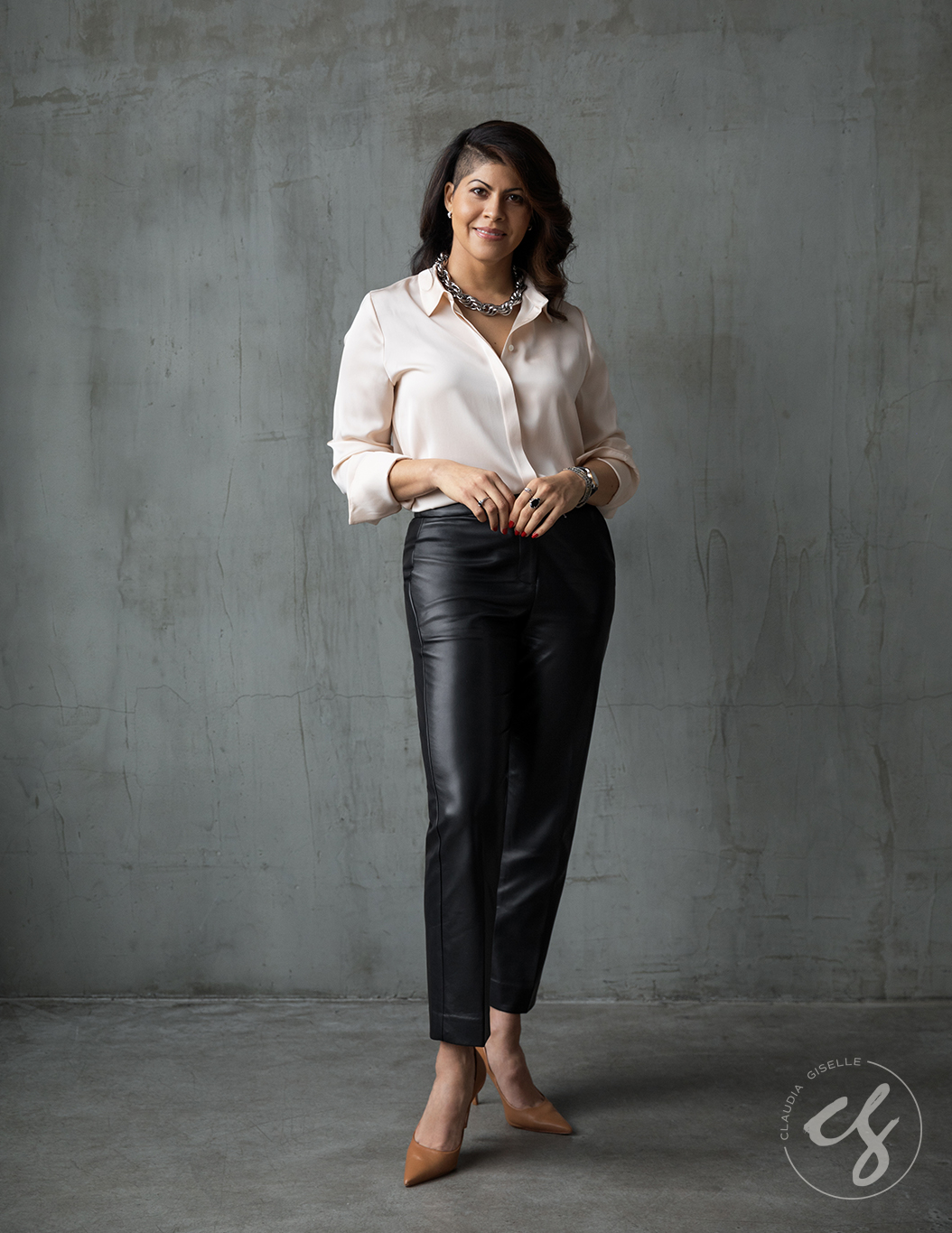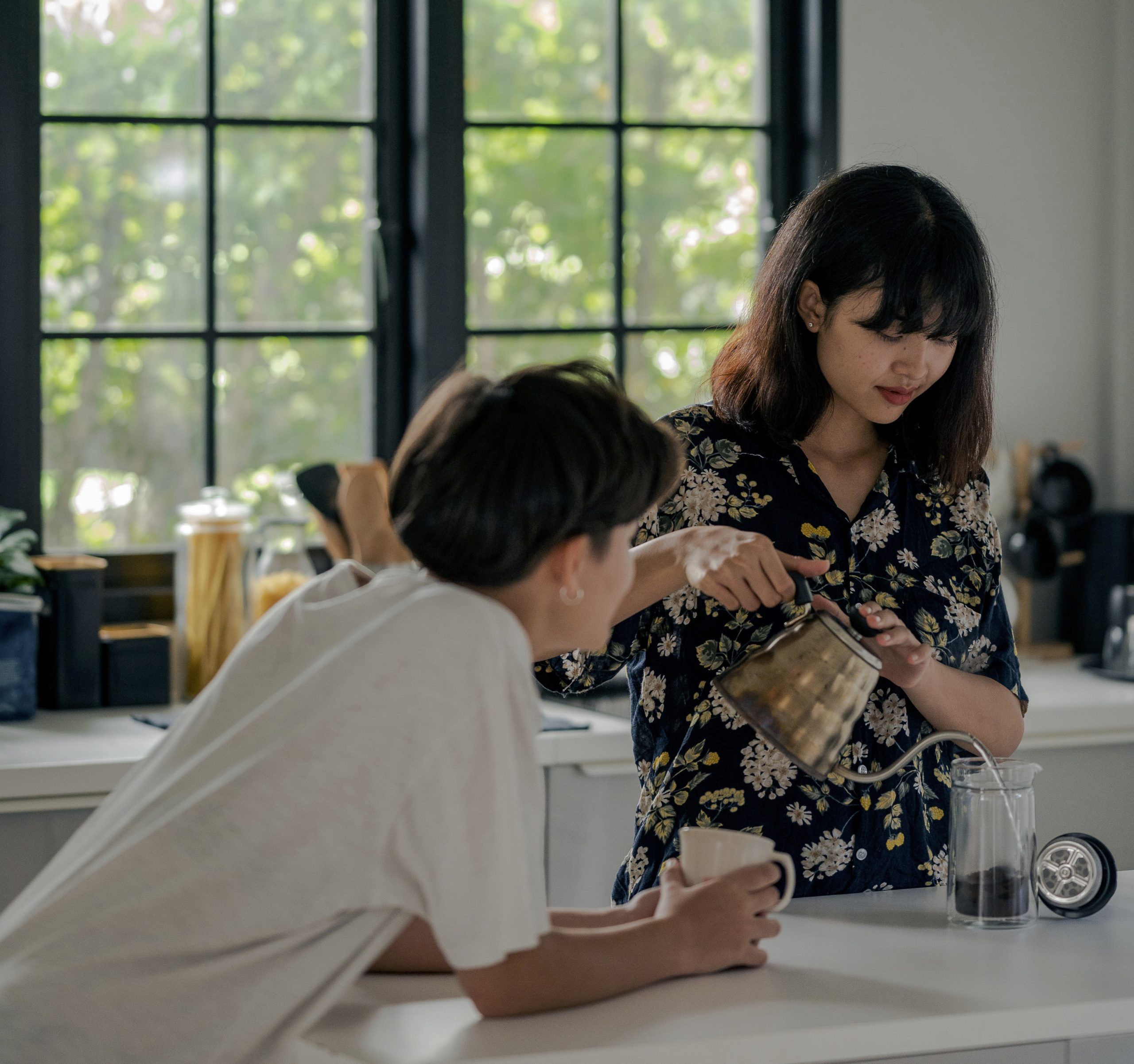What Am I Missing?
If you’ve ever found yourself standing in front of a work of visual art wondering what, if anything, you can say about it that is informed or insightful, then you’re in good company. It may seem like lots of people like a particular artist, and everyone agrees that they’re great. But maybe you don’t feel the same way. It doesn’t necessarily mean you’re missing something. Maybe you just don’t connect with it. Accepting that fact can make it easier to appreciate the artwork from an objective distance. Sometimes it’s the things we don’t like that help us to understand, precisely because we’re not emotionally tied up in it. It’s possible to respect what an artist is trying to convey without actually being pulled in.
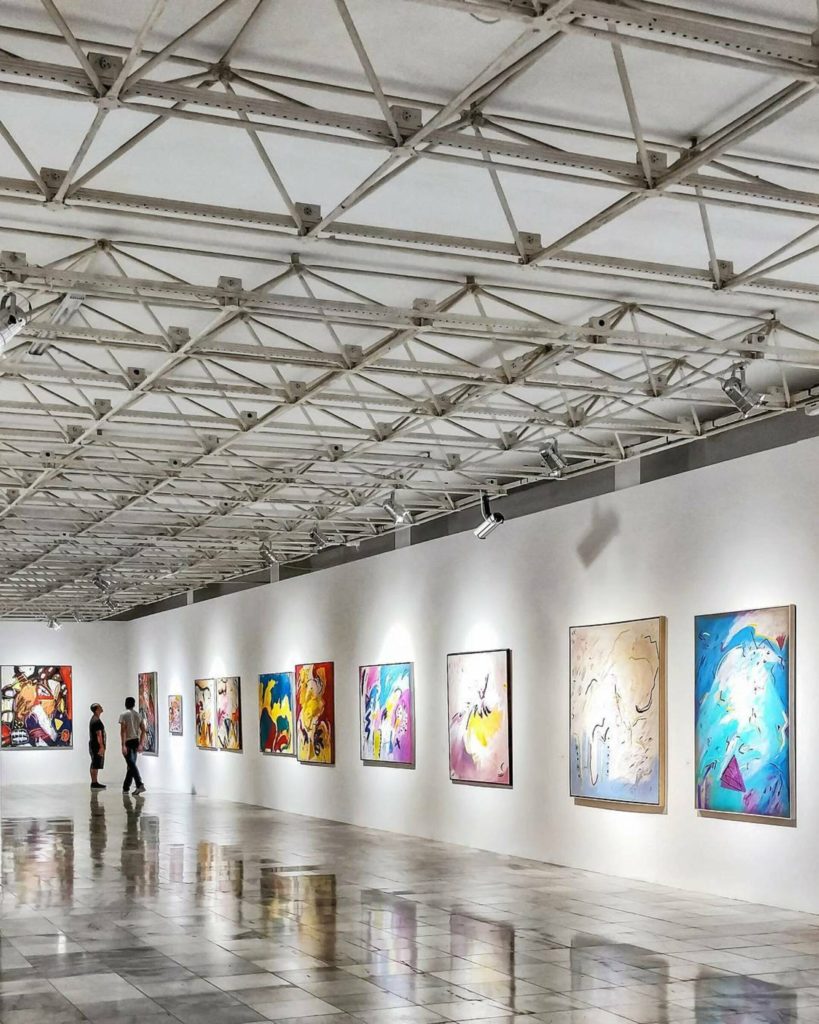
Photo by Matheus Viana
One fairly approachable window into visual art is to evaluate the perceived technical difficulty of it. We can take comfort in seeing obvious evidence of labor on the canvas or the pedestal. We may find ourselves impressed by a painter’s ability to faithfully transcribe what they see onto a two dimensional surface, or to handle a variety of techniques and mediums in a detailed abstract work. It’s clear where the difficulty lies. We see proof that they have worked to develop their skills and we’re more likely to trust the high price tag. The funny thing is, you may still not like it.
This is an opportunity to assess your own preferences. You can see that it’s good, but it doesn’t appeal to you. I find this is a great way to understand my tastes. I actually love noticing things like this. It’s difficult to separate what we like from what we think is good. Often they just blur together: “I like it, therefore it is good.” So my advice is to ask yourself why you don’t like certain artworks, even if you can’t find anything wrong with them.
Conversely, we all know the phrase “guilty pleasure,” which suggests that we sometimes like things that we think aren’t all that good! The point here is that liking something and thinking it’s good are actually not as interchangeable as they initially seem.
Was it hard to make?
I mentioned above that we often evaluate art based on what we perceive the difficulty level to have been. The hard part about that is there is so much art from the last century that has, to varying degrees, shunned traditional notions of beauty, complexity or even craft. Let’s consider a couple works to see what other attributes they may contain.
Consider this painting by Ernst Ludwig Kirchner. It features garish, distorted, figures that push up against the picture plane. These lurid characters seem to be at risk of spilling off the edges. And “beautiful” is not the first word that pops into my mind when I look at it. Nevertheless, the composition is balanced and elegant. It’s not done in such an obvious way as, say, The Last Supper, but there are many ways to achieve balance. Such is the nature of Expressionism.
Incidentally, if you happen to have tried your hand at painting, you will be aware that this was not an easy painting to make. It simply doesn’t wear its technical feats on its sleeve. The technique is a means to an end, a tool to support the ideas. Kirchner uses this visual style to create a dramatic effect.
How will you know when success happens on purpose, and not by accident? This Kirchner painting was curated into a museum, so it’s already been deemed “good.” You won’t always have that pedigree handed to you when looking at art. But visiting museums and studying the descriptions that accompany the work is a good primer for thinking about art. You take this knowledge with you once you leave the museum, and can use it to evaluate other artwork.
Going to galleries provides an even fresher perspective, as the work is more often contemporary. And seeing multiple works from one artist is the surest way I know to form an opinion about their work. We get a view into their creative mind through several vantage points. And you have something to compare their work to — their other work!
Simple can be refreshing
In this Futurist painting, Liubov Popova intentionally avoids traditional representation. Instead she suggests a collage effect of shapes stacked on a white plane. At the time of its creation, this work asserted itself as something new and unconventional. Part of its significance is historic. And yet the composition also succeeds because it’s balanced and harmonious. The artist achieves this so subtly that it appears easy. There is a difference between what is easy and what is simple. I have said the same thing about design. It can be deceptive in its simplicity.
At the end of the day, what matters is that it works. The question of whether it was hard to make isn’t always relevant. I’ve seen artwork, design and craft that appear minimal in detail and simple in execution, but I couldn’t take my eyes off it. Sometimes it really does come down to simply asking yourself if this is something you could picture in your home.
Combine knowledge with your personal tastes
Much like your desire for a newly designed home environment, you may supplement your interest in art with your own research. Reading magazines such as Art Forum or buying gorgeous coffee table books about art gives you a chance to explore visual art in greater depth.
Great art and design can be of any style or material. The best way to measure its success is in whether it meets its own goals. Every artwork is operating on a set of internal “rules,” established by its maker. If it meets its own goals, it can be said to be successful. From there it is a matter of taste, and thank goodness we don’t all have the same tastes.
RELATED POSTS
As an Amazon Associate, this site may contains affiliate links and I can earn from qualifying purchases at no cost to you. View disclosure for more information.
I'm Claudia. Welcome to my Interior Design blog! I'm thrilled to share my expertise and passion with you. With over 20 years in the industry, I'm a Certified Interior Designer, holding an NCIDQ Certification, and an educator. Interior Design isn't just my career—it's my passion. Dive in to explore more about me. Click here to learn more!
Hi Friend!
Stay inspired—join our design community by subscribing to the blog today.
subscribe now
Other Posts You Might Like
©2025 Claudia Giselle Design | Interior Designer | Brooklyn, New York
Legal
BACK TO TOP
Testimonials
718-255-5949
Press
office@claudiagiselle.com
MENU
We create thoughtful, personalized interiors for those who value quality and beauty in every detail — serving NYC, Manhattan, Brooklyn, Long Island, the Hamptons, and the Hudson Valley (including Westchester and Dutchess County) & Beyond.
Timeless Classicism with a
Bold Touch of Elegance
Home
Services
Process
About
Blog
Portfolio
Scheudule a Consultation
GET IN TOUCH
Contact
